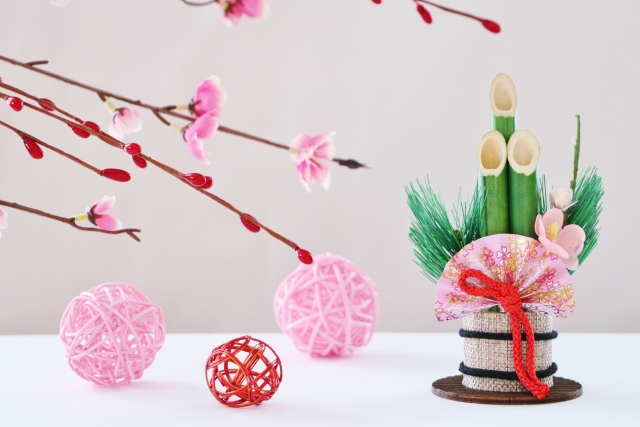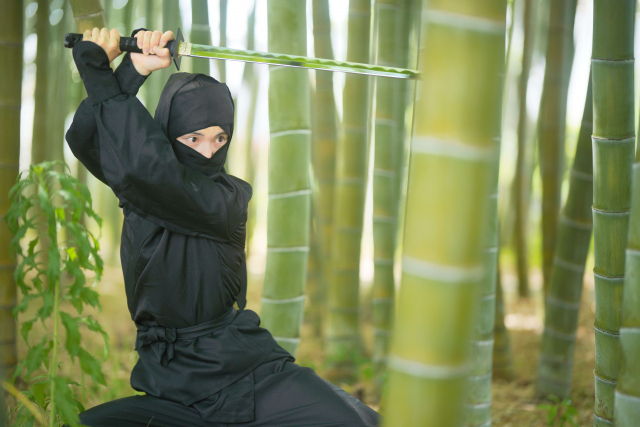Have you ever seen the ranking system in Japan, such as Matsu, Take, and Ume?
Sushi, eel, and other restaurants are sometimes ranked as Matsu, Take, or Ume.
It is difficult to know which is better than which, and it is a little confusing.
Plum is cheap but a little difficult to order, I want to order pine but it is a little expensive, and the middle one is probably normal, so… “Bamboo, please!
Some restaurants have the order reversed, but what was the meaning of “Matsu, Take, and Ume” in the first place?
First, let’s look into the origin of “Matsu, Take, and Ume”.

Click here to learn Japanese language with the best one-on-one Japanese tutoring lessons in person or online.
Contents
What is the origin of Matsu, Bamboo, and Plum?
The origin of “Matsu, Bamboo, and Plum” can be traced back to “Saikan Sanyu,” which means “three friends of the cold of the year.
Let’s take a look at this first.
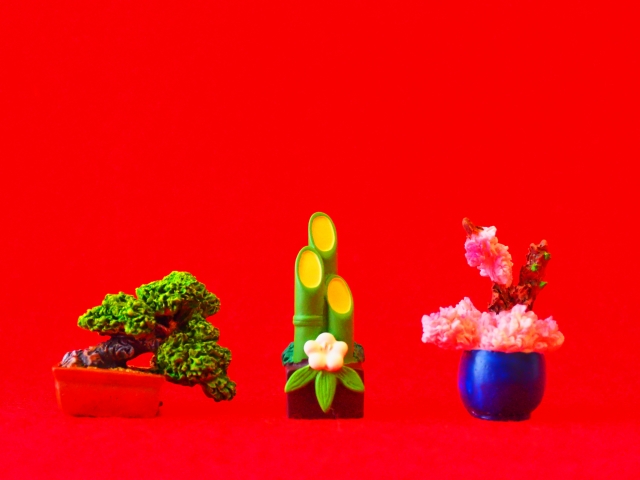
The Three Friends of Winter in China
During the Song dynasty (960-1279) in China, literati artists such as Wentong and Su Shi began to paint ink and wash paintings on the theme of “bamboo.
Eventually, the subject matter expanded to include plum blossoms, orchids, chrysanthemums, and pine trees.
Of these, bamboo and pine trees remain lush even in the midwinter cold, and plum blossoms also bloom in the bitter cold.
The literati recognized that these represented “purity, innocence, and moderation.
The pine trees, bamboo, and plum blossoms were often depicted together as the “three friends of cold weather,” or sankan sanyu.
The three are often depicted together, but they are also depicted separately.
There was no sense of superiority or inferiority among the three.
Pine, Bamboo, and Plum in Japan
The three seasonal cold weather motifs were introduced to Japan during the Heian period (794-1185) and came to be known as “Shochiku-bai” (pine, bamboo, and plum).
In Japan, it is more often depicted on lacquerware and ceramics than on paintings and calligraphy, and is often used in combination with “tsurukame” (crane and turtle).
Later, in the Edo period (1603-1867), it became popular in the private sector and took root in the general public.
In modern times, it has come to be used as a symbol for kadomatsu, hina ornaments, weddings, births, and other festive occasions.
This also differs from the Chinese perception of the three friends of spring and winter.
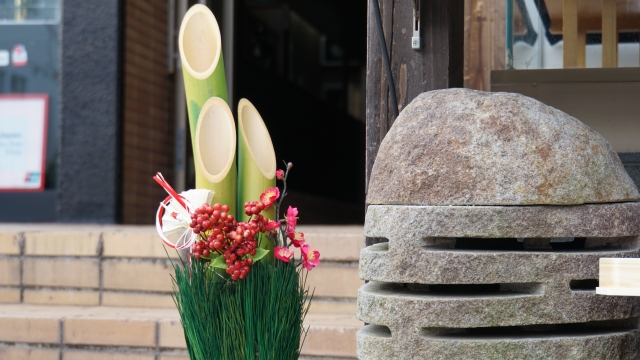
What is the “pine, bamboo, and plum” rule?
When applied to business, it is also called the “Song, Bamboo, and Plum Law.
Let me give you an example.
Let us assume that there are three products in the same category, pine, bamboo, and plum, and that they are priced in this order.
In this case, although appropriate pricing is necessary, the middle one, bamboo, tends to sell the best.
First, the cheapest plum tends not to be chosen because of the psychology of the assumption that the more expensive product must be the better product.
On the other hand, the most expensive pine trees are also difficult to select.
This is because bamboo is cheaper than pine and bamboo in a row.
And, as a result of removing ume and comparing pine trees and bamboo, bamboo is chosen.
Based on this tendency, the profit margin for bamboo is set higher, which is known as the “pine, bamboo, and plum” business.
This method is said to have been used since the Edo period.
The pine, bamboo, and plum law is an analysis of human psychology, also known in psychology as the aversiveness of extremes.
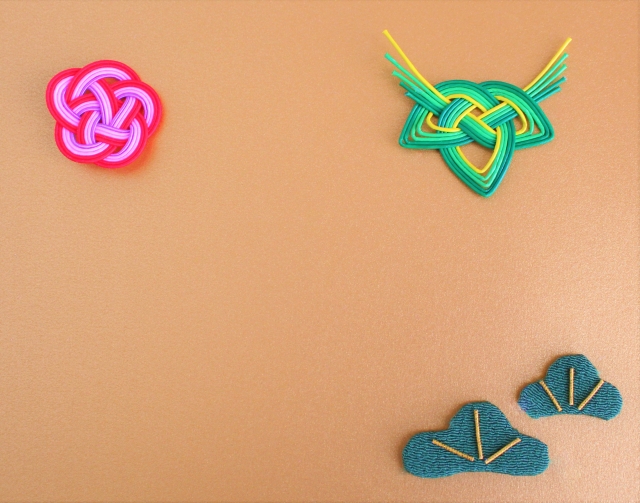
Conclusion
The names of three types of trees, pine, bamboo, and plum, are combined into one idiomatic expression, “pine, bamboo, and plum,” which is a symbolic representation of something auspicious.
These plants are prized during the winter months for their resistance to cold, and are used as decorations for New Year’s kadomatsu, weddings, and other celebrations and happy occasions.
They are also often used as lyrics in songs such as koto and nagauta, which are also considered celebratory.
- Pine, bamboo, and plum are derived from the Chinese tradition of the three friends of the cold season.
- Pine trees are representative of Japan and are often depicted in the background of Japanese paintings.
- Bamboo has been used as a material for craftwork and flutes.
- Plums have long been important preserves, not only for admiring their flowers, but also for using their fruits as food and medicine.
- The Japanese pine, bamboo, and plum trees are characterized by their use as symbols of congratulations.
Related article:

